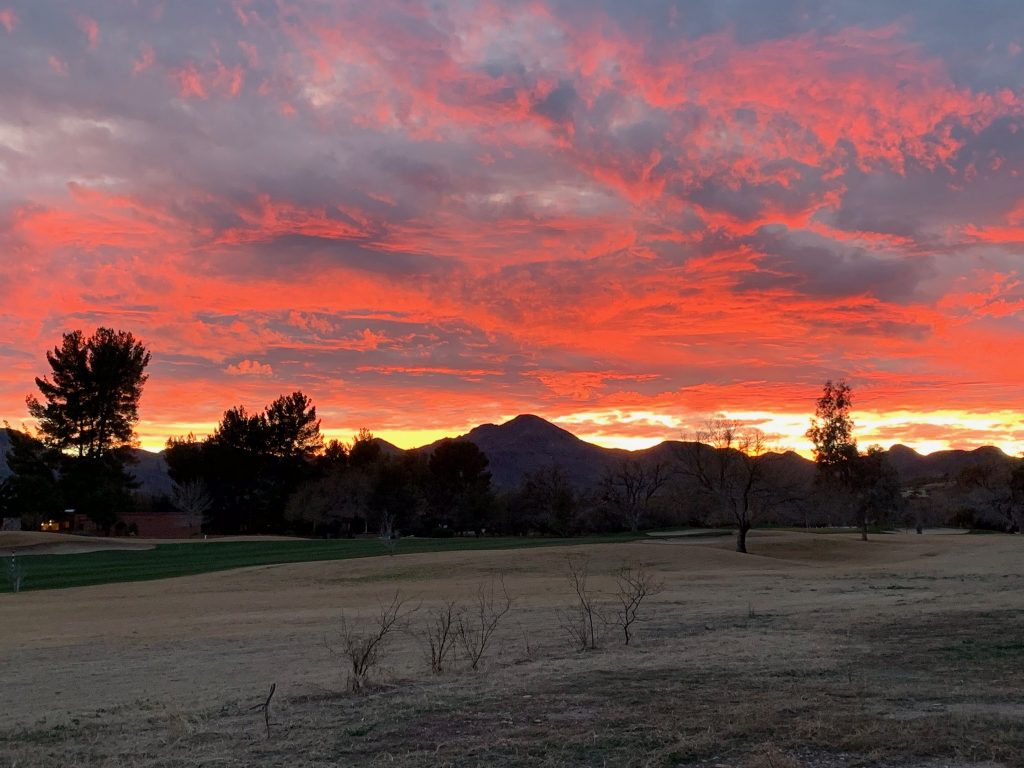For a time, the proliferation of new National Heritage Areas seemed unstoppable. What had been 3 in 1987 became 17 by 2000 and 49 by 2010, but then the designations came to a full stop. Concerns over financial costs, property rights, and the ability of the National Park Service to absorb growing partnership responsibilities stemmed the tide. Bills for new heritage areas were introduced year after year, but nothing came of them. That is until this year when, with surprising speed and overwhelming majorities, the Senate and House passed a large packet of public land measures – the Natural Resources Management Act. This bill is already being celebrated and rightly so for permanently reauthorizing the Land and Water Conservation Fund,creating three new national monuments, expanding park boundaries and so on. What has been less discussed in the over 600 pages of legislation is the designation of 6 new National Heritage Areas.
Many of these areas have been waiting in the wings for over a decade. Many have been acting like heritage areas and now will receive the seal of approval. What is also of significance is that four of the six new areas are from the west. This helps re-balance a program that traditionally has tilted toward the east coast.
In addition to the new designations, the bill extended the funding authorization or increased the funding authorization for nine of the older areas. This issue has been a point of contention for years. Unlike national park units, national scenic rivers, or national trails, national heritage areas were only authorized to receive a set amount of funding for set period of time. This has led to struggles similar to those experienced by the Land and Water Conservation Act and the National Historic Preservation Act whereby funding or program authorization reached an expiration point requiring much time and effort to ensure re-authorization. The extensions for the nine areas is not a long term solution, but it does keep the nine existing areas in business to fight again another day. In the long run what is needed is program legislation that will resolve these issues for ever and a day. Such legislation has been introduced in Congress after Congress, including this one, but has yet to make it to the finish line. See the 2014 article in the Living Landscape Observer Why do we need Program Legislation for National Heritage Areas?. Sadly, it is still relevant today.
But back to the good news. As Allyson Brooks, Washington State Historic Preservation Officer/Executive Director Department of Archaeology and Historic Preservation, noted:

Credit; Washington DAHP
After advocating for more than ten years, Washington State is very proud to become the first national heritage area devoted solely to maritime history. The Washington National Maritime Heritage Area will honor the state’s history from the canoe cultures, to maritime exploration and trade, the early Mosquito fleet ferry system, boat building, lighthouses and more.
Let’s meet all six of the new areas.
Appalachian Forest National Heritage Area (West Virginia and Maryland)
Maritime Washington National Heritage Area (Washington)
Mountains to Sound Greenway National Heritage Area (Washington)
Sacramento/San Joaquin Delta National Heritage Area (California)
Santa Cruz Valley National Heritage Area (Arizona)
Susquehanna National Heritage Area (Pennsylvania)



